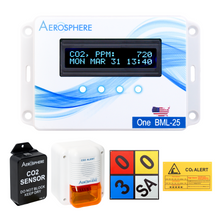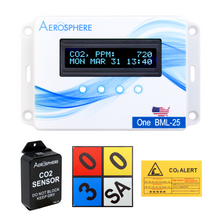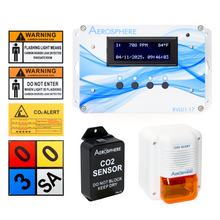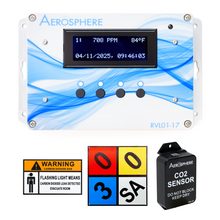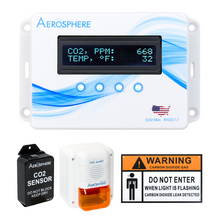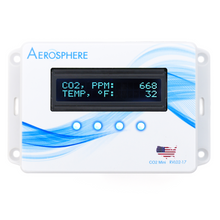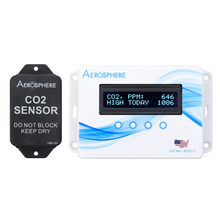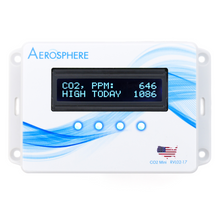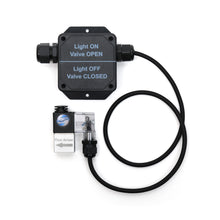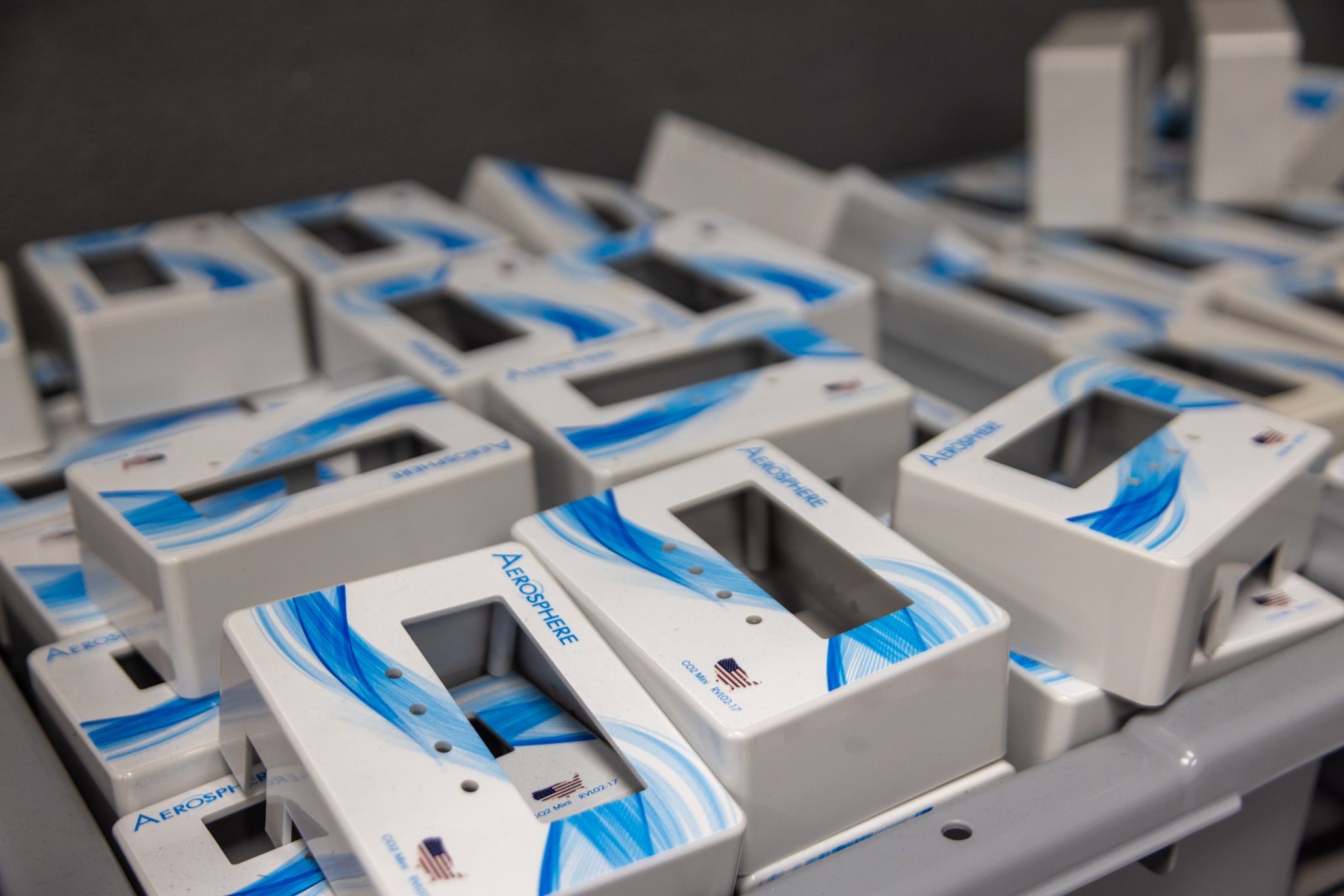Understanding NFPA 704: Color-Coded Hazard Identification System
Learn the essentials of NFPA 704, a color-coded system used to quickly identify chemical hazards and ensure safety in various industrial and commercial settings.
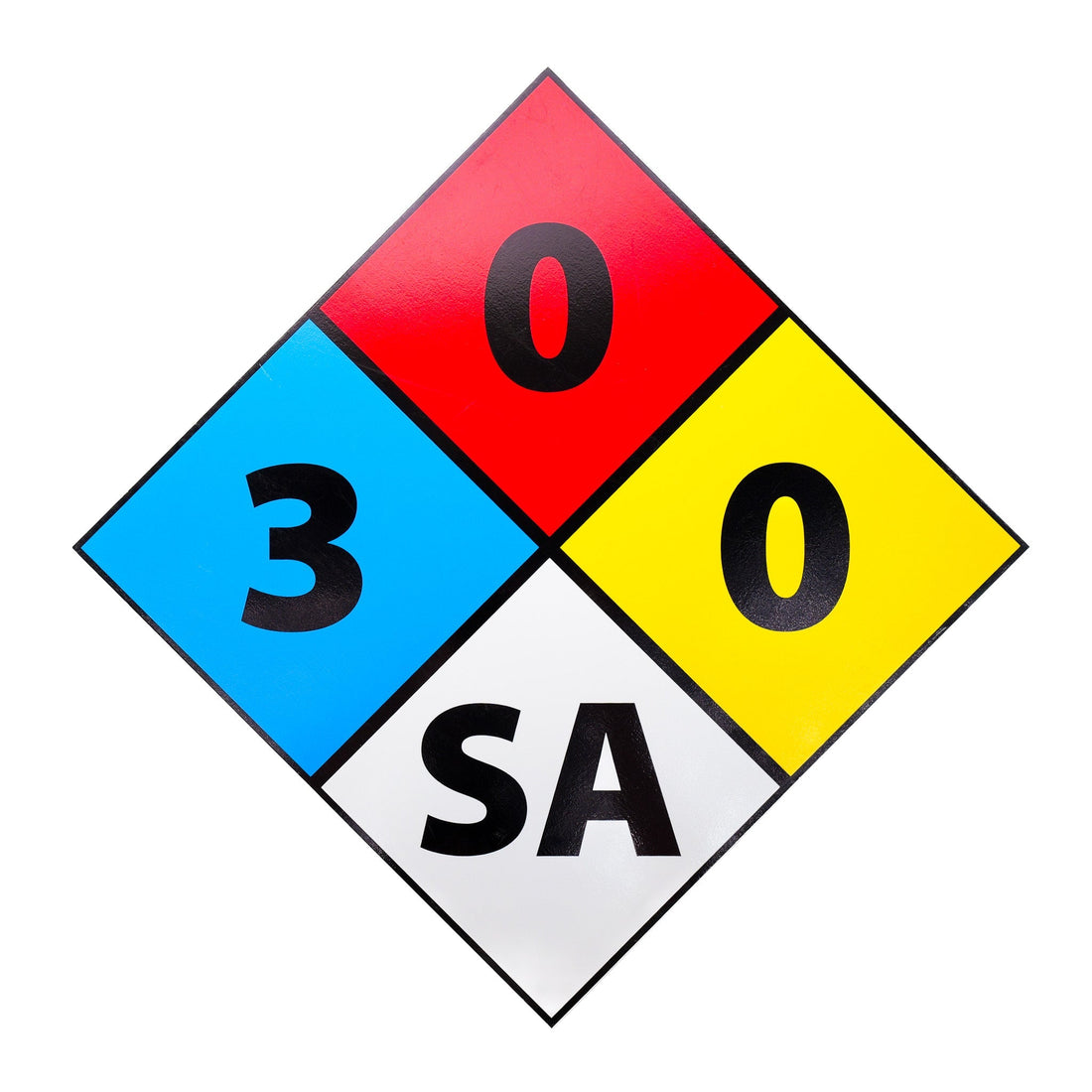
The NFPA 704 Diamond System is a widely recognized labeling system used to quickly identify the hazards of materials, particularly in emergency situations. It provides essential information for first responders about the health, flammability, and reactivity hazards of substances, as well as other specific hazards like asphyxiation. The system uses a diamond-shaped symbol divided into four colored quadrants, each representing a different type of hazard.
Understanding the Quadrants:
Blue - Health Hazard: The blue section of the diamond indicates the health hazard posed by the substance. The scale ranges from 0 to 4, with:
- 0 indicating no significant health risk.
- 4 indicating a severe health hazard that could cause significant harm upon exposure.
In the case of CO2 (carbon dioxide), it is rated as a 3 out of 4 on the health scale. This means it presents a serious health hazard, particularly as a simple asphyxiant. A simple asphyxiant displaces oxygen in the environment, leading to oxygen deprivation, which can cause unconsciousness and, in extreme cases, death.
Red - Flammability: The red section indicates the substance's flammability or how easily it can ignite. The rating scale is also from 0 to 4:
- 0 means the substance will not burn.
- 4 means it is highly flammable and can burn quickly.
CO2 is not flammable, so this rating would typically be 0 in the red quadrant.
Yellow - Reactivity: The yellow section represents the chemical reactivity of the substance, including how likely it is to react explosively or violently under certain conditions. The scale is:
- 0 for stable substances that do not react under normal conditions.
- 4 for highly unstable substances that may explode under normal conditions.
CO2 has low reactivity, so it would generally be rated as 0 in this quadrant.
White - Special Hazards: The white section is reserved for specific hazards that don't fit into the other categories. In the case of CO2, the symbol "SA" (Simple Asphyxiant) is used, indicating that carbon dioxide poses an asphyxiation risk due to its ability to displace oxygen in the air.
Simple Asphyxiant Hazard:
As noted by the Globally Harmonized System of Classification and Labelling of Chemicals (GHS) and OSHA, a simple asphyxiant is defined as a substance that displaces oxygen in the ambient atmosphere. When the concentration of oxygen in the air is reduced to dangerous levels, it can cause oxygen deprivation, leading to unconsciousness, organ failure, and eventually death. Since CO2 is heavier than air, it can accumulate in lower areas, such as basements or confined spaces, making it particularly hazardous if not properly monitored.
Importance of the NFPA 704 Diamond System:
Understanding how to read the NFPA 704 Diamond System is crucial for ensuring safety, particularly in environments where hazardous materials are present. By providing clear and accessible information about the risks associated with chemicals, this system allows for quick decision-making during emergencies, helping to prevent accidents, injuries, and fatalities.
For businesses that handle CO2 or similar gases, proper labeling using the NFPA 704 system is an essential component of safety and regulatory compliance.


